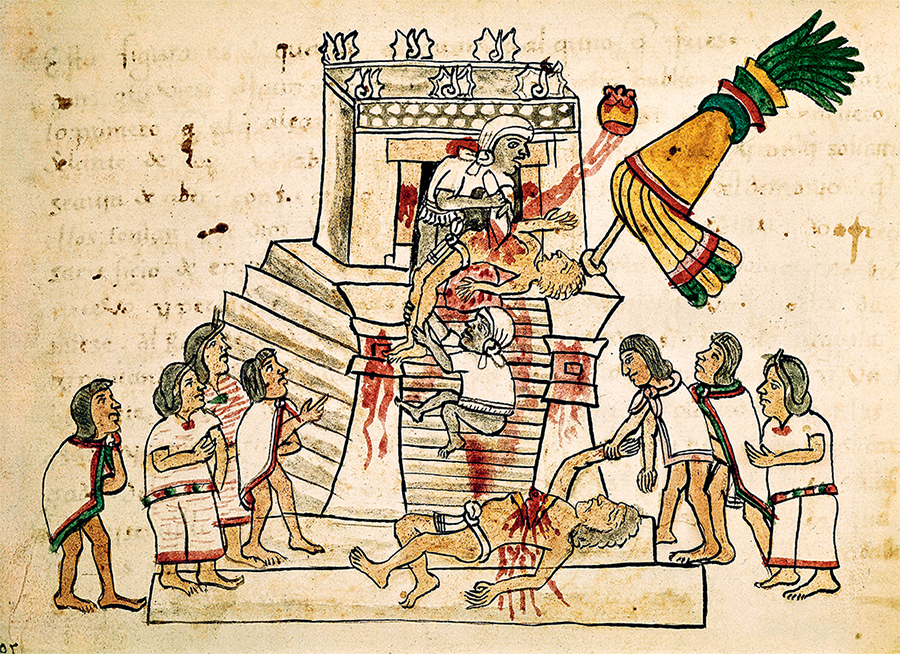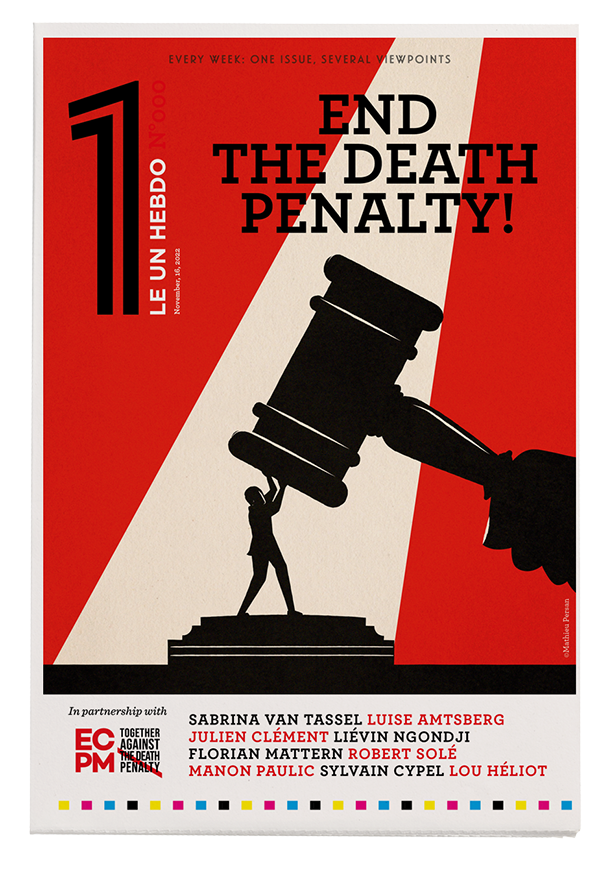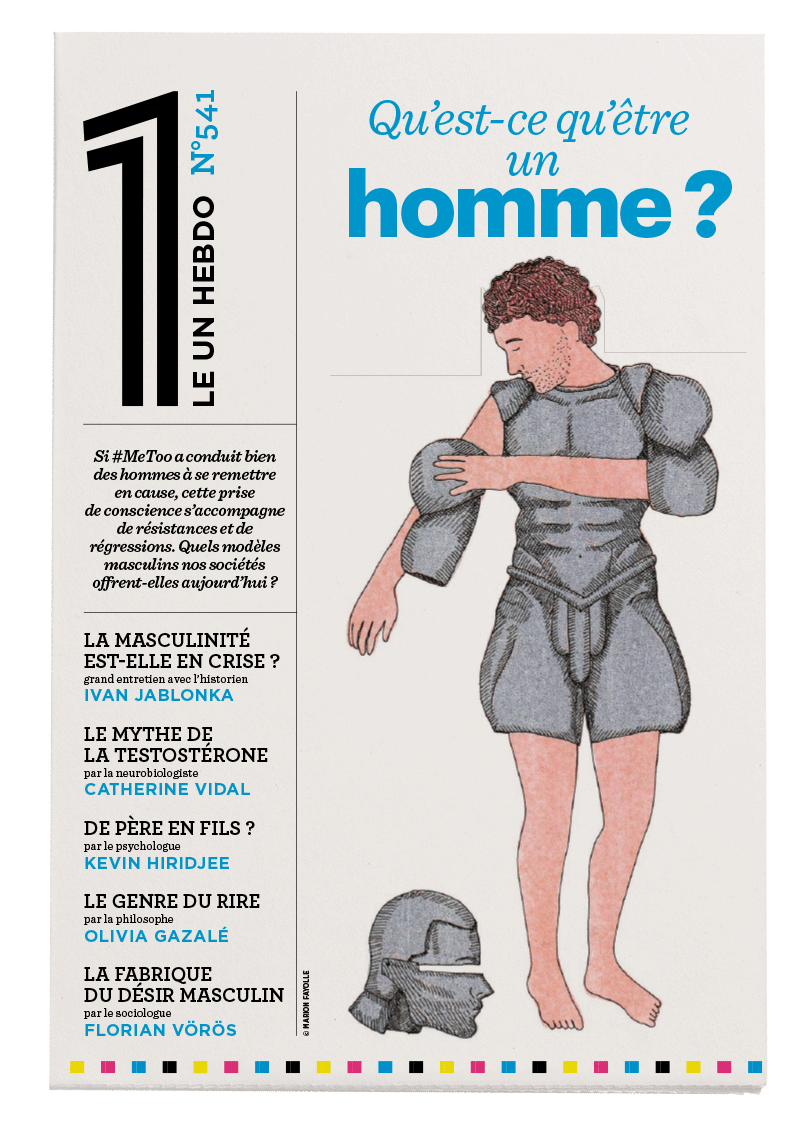Has the death penalty always coexisted with human societies? Can human sacrifice be equated with capital punishment or the evil spell cast on an enemy? These issues need to be put into perspective.
1) The ultimate criminal sanction must be distinguished from human sacrifice. Those sacrificed were generally valued for their characteristics: virgins, among the Aztecs, seem to have been immolated because they were bearers of a vitality offered to the deities. For them, as for others – often young people – there were forms of preparation, such as not sleeping or consuming certain beverages or substances. Human sacrifice is indeed a specific rite, linked to invisible beings.
2) One should also avoid comparing capital punishment with deadly revenge on an adversary or the casting of evil spells on an enemy. Bloodshed or curses are common, but these are conflicts between two parties, whereas the death penalty requires a third-party judicial body.
3) Breaking a taboo can lead to forms of social death. The word tapu comes from the Pacific, specifically Polynesia. In some societies, eating a forbidden animal, such as a turtle, gradually leads to the death of the person due to psychic suggestions with physical effects. This is not a death penalty, even if society indirectly causes the death of an individual through the broken taboo.
All these examples help characterise the death penalty, which has three elements: a defined crime, a third-party judicial body and the killing of an individual. There is no sacrifice, revenge or psychological conditioning. In his 1975 book Discipline and Punish, the philosopher Michel Foucault shows how, in the late 18th century, France transitioned from a justice system of corporal punishment, which was supposed to serve as an example and to frighten people from committing other crimes, to institutions of discipline such as prisons, where bodies are watched but not punished. Surveillance then became more widespread; its objectives were prevention and the identification of dangerous individuals to calm public fear. We know the contemporary forms of surveillance, which range from surveillance cameras to online tracking.
With the metamorphosis of the law, the object of punishment changed: interiority began to be targeted and not the body itself. The death penalty is no longer the ultimate corporal punishment. It is the dangerous individual who must be kept at a distance or transformed and then put back on the right path – and the path of the law. Prevention no longer requires the spectacle of executions. Either the public authorities renounce it, or the “ceremony” of execution is relegated to the prison grounds. Discipline tends to dispense with physical suppression, preferring confinement. When this social transformation takes place, the death penalty no longer has a place and no longer has a purpose.
In conclusion, as Foucault said, we must continue to question the forms of judgement and punishment. Clemency requires us to release the part of humanity in each person that the death penalty was intended to eliminate forever by passing through the body to kill the soul itself.









